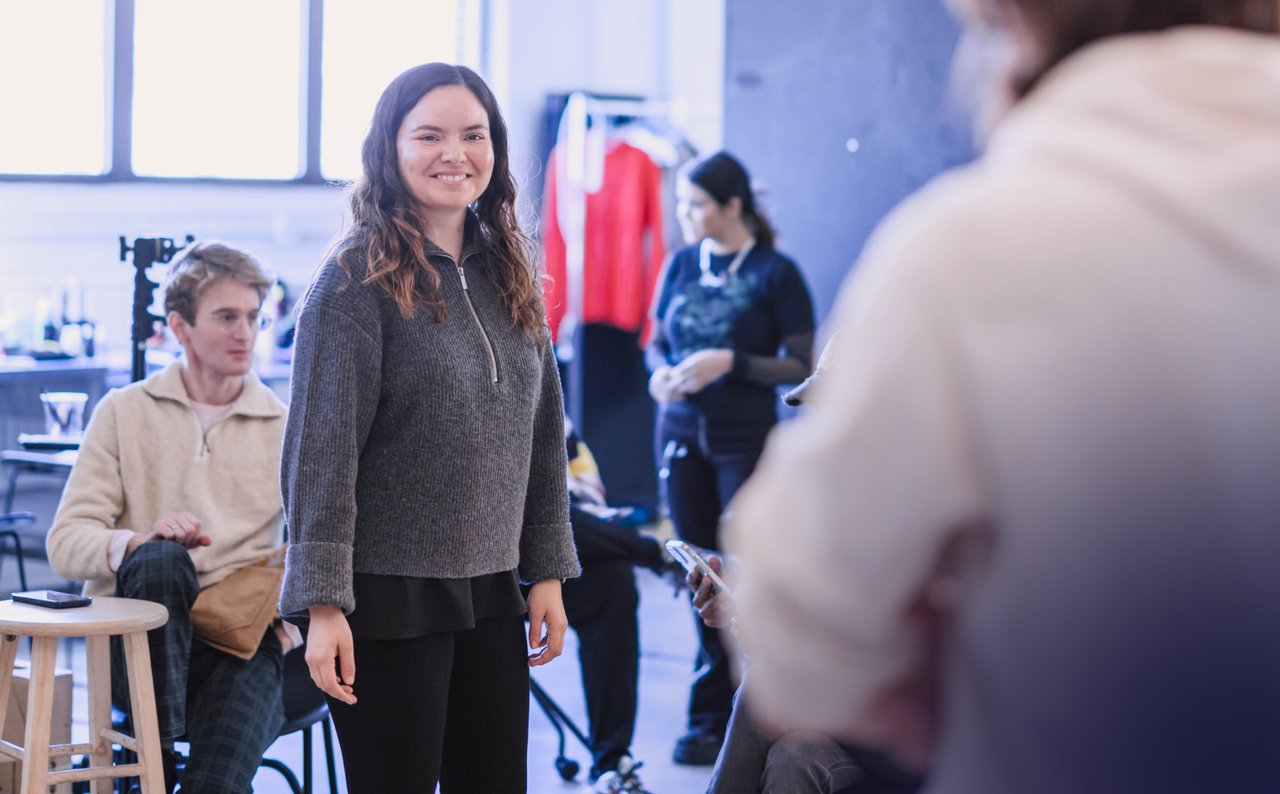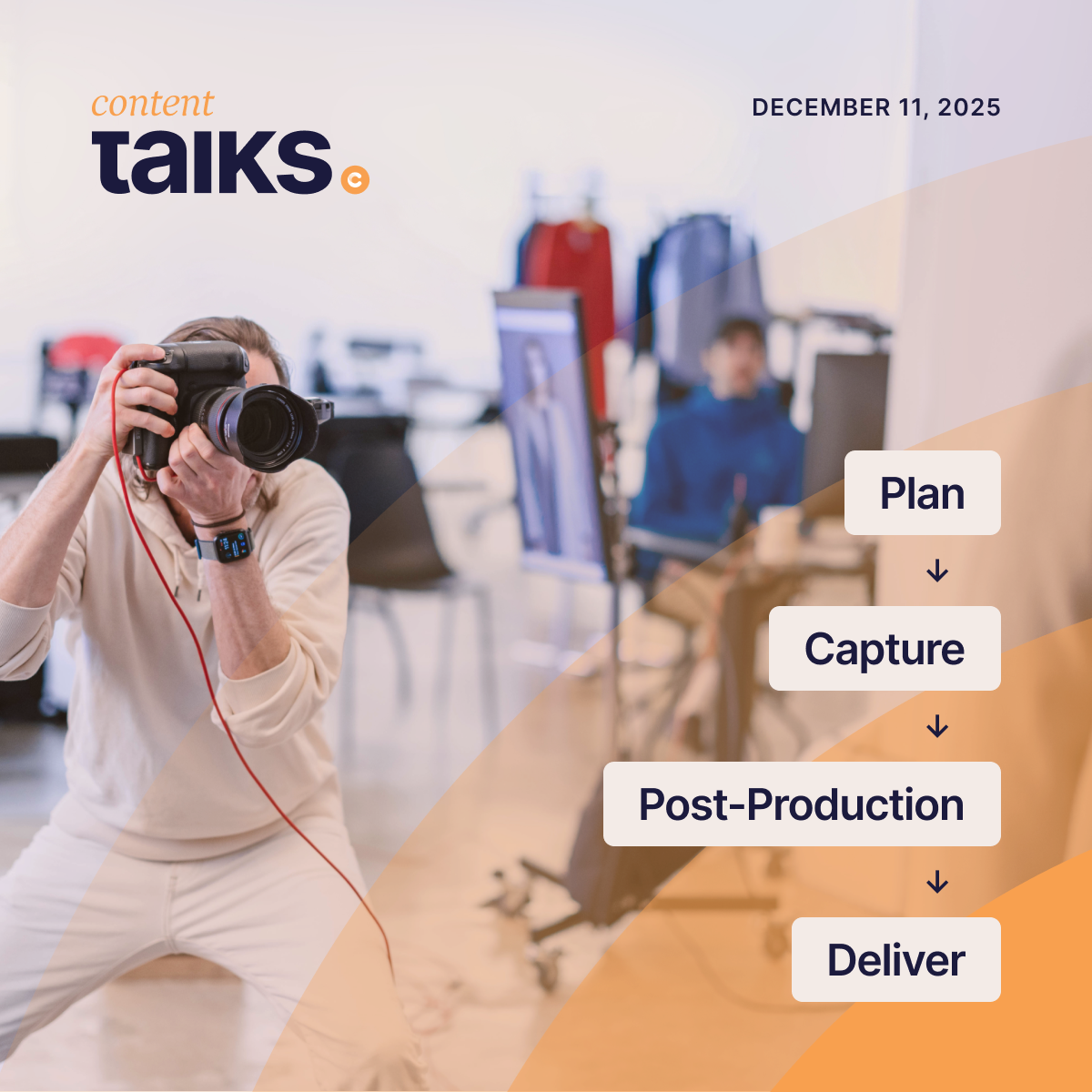How to Optimize Studio Productivity with a 9-Step Workflow
In the final theme of the series, we tackle one of the most pressing concerns of any studio manager: productivity. We’ve heard time and time again questions about how to generate high-quality work, in a shorter time, without escalating costs. It sounds impossible, but with a process known as workflow optimization, we’ll show you that it’s not.
Our previous pieces talked about everything in the studio from conflict resolution to leveraging a single source of truth and working with budgets. These are just a few of the valuable insights that have formed the core of our ongoing Studio Manager Playbook series.
We've brought together insights from successful eComm studios worldwide to help you identify bottlenecks and design seamless, effective methods.
Let’s get started.
What is Workflow Optimization?
Simply put, it’s a strategy used to streamline processes in an organization or system to increase efficiency, enhance output, and improve overall performance. It involves taking a look at the existing workflows, identifying bottlenecks or inefficiencies, and creating solutions to eliminate these issues.
How is Productivity Measured in a Studio Setting?
Measuring productivity in a studio environment isn't just about timing how long it takes to snap a photo or edit a file. It's about the entire journey, from job creation to asset delivery. Optimizing a studio requires a keen understanding of each step of this process.
Photo Studio Manager and eCommerce Photographer Dan Urbano gave his breakdown of studio productivity, here:
"Productivity in photo studios is usually measured simply by output. The number of photos shot in a given period of time and the photographer's pay, and for a lot of eComm, this works great.
Cost to shoot per day / the number of photos shot = cost per photo.
The problem arises when you do an on-location or studio shoot, the cost to travel, hire talent, hair and makeup, producers, assistants, Digitech, etc.. produces some of your best most unique work but for the equation of cost to shoot per day / number of photos shot, it is hard to justify that cost. The ability to see the work and the impact that work will have on a brand is hard to quantify, but the brands that understand it are going to do better than the ones that can't get past the equation."
Below you’ll find a simplified photo studio journey to help us understand each stop along the journey and a few ideas to help optimize them.

1. Job Creation
Where it all begins. An organized, systematic approach to job creation can dramatically increase productivity. Implementing project management or workflow software allows you to track job statuses, assign tasks, and ensure deadlines are met. By providing a clear view of your studio's workload, this software helps you manage and optimize your resources effectively (often automatically).
Planning and resources are also important to take into consideration at this point. Some productions will require talent and resource management for an efficient production calendar and resource allocation across studio operations.
2. Product Check-In
Production delays can occur when studio teams plan a shoot for products that haven't arrived yet or can't be located. When products arrive in the studio for shoots, sample management teams need to check them in promptly and accurately. Are shipments being checked in digitally? Bulk? Tagged with QR codes? Efficient product check-in processes eliminate confusion and delays, allowing for smoother operations, and allowing shipments to be quickly and easily located when needed.
3. Capture
Save your team time by using popular programs such as Lightroom or Capture One to significantly improve the capture process, offering instant previews and allowing immediate adjustments on set.
4. Image Selection
Streamline the image selection process using software designed for quick and easy photo selection. Rapid decision-making in this phase can help optimize the studio by saving time and making sure that images are constantly moving to the next stage in production. With artificial intelligence and machine learning, this process may be even faster In the future.
5. External Post-Production
Outsourcing some of your post-production tasks can help streamline your workflow. When doing so, include clear communication for what you need, use consistent style guides, consider cloud-based solutions, and provide regular feedback.
6. External Post-Production Quality Control
Even when tasks are outsourced, post-production quality control is extremely important. Putting clear workflows in place to ensure that the work delivered by external partners is reviewed before being delivered will ensure consistent quality and help maintain high productivity levels.
7. Internal Post-Production
Use advanced editing software and consider a workflow platform to give you the visibility you need to make sure your images get where they need to go.
8. Internal Post-Production Quality Control
In-house quality control is equally important. Clear communication and effective feedback mechanisms among team members can improve the quality of work, eliminating the need for excessive revisions and thereby optimizing productivity.
9. Asset Delivery
The final stage in the workflow, asset delivery, needs to be as efficient as possible. Use digital asset management (DAM) system to streamline this process by centralizing, organizing, and allowing for collaboration across your assets. This simplifies your team’s organization and allows for easier transfer to clients.
Optimize Productivity by Experimenting
We’ve all heard the excuse, “That’s just the way it’s always been done. Studio teams often put in extra hours of unnecessary work, often on a daily basis, because they're not aware of the tools that could help them expedite the production process. As a team, remember to plan for where you’re going.
Wrap Up
As you can see, each phase of your studio workflow offers opportunities for optimization. Making strategic adjustments at each step can increase performance, improve quality, and reduce costs. There are a lot of ways to stay up to date on what’s available for your team including industry events like FLOW and Henry Stewart, reaching out to peers in the industry to discuss best practices, monthly team chats about metrics, bottlenecks, etc., and more. And remember, just because it’s always been done one way does not mean it needs to be done that way forever.
A well-oiled machine isn't built overnight, but with consistent effort and the right approach, you can be a part of your photo studio’s evolution into a powerhouse of productivity.










